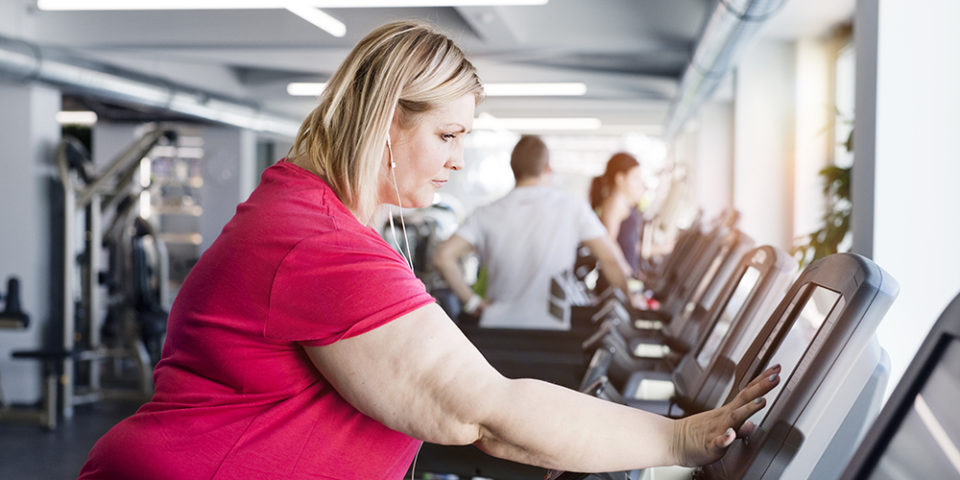Exercise and weight loss
Exercise is a helpful component in weight loss. But what exactly is exercise and how does it help you control your weight? Patricia L. Eichhorn, MD, explained what you need to know.
- Exercise is a form of physical activity that is planned, repetitive, purposeful and structured. The main objective is improvement or maintenance of one or more components of physical fitness. It is outside your daily routine.
- Physical fitness is defined as the ability to carry out daily tasks with vigor and alertness, without undue fatigue and with enough energy to enjoy leisure time and meet unforeseen emergencies. It is measured in cardiorespiratory endurance, skeletal muscle endurance, speed, flexibility, agility, balance, reaction time and body composition.
- Weight is about calorie balance. To maintain weight, calories in should equal calories out. To gain weight, you need to consume more calories than you use. To lose weight, you need to burn more calories than you eat.
How much exercise does it take to lose weight?
To lose one pound, you need to reduce your calorie intake by 3,500. In other words, to lose one pound per week, you would need to eliminate 500 calories per day. This can be done in two ways – consume less food and exercise more.
Your healthcare provider can help you choose physical activities that match your fitness level and health goals and prevent you from getting hurt.
The National Institutes of Health recommends these activities:
- Walking – You can do this almost anywhere, and it’s free!
- Dancing – Have fun while toning your muscles, strengthening your heart and lungs, and boosting your mood.
- Bicycling – Bike indoors with a recumbent bike. On this type of bike, you sit lower to the ground with your legs reaching forward to the pedals. Your body is in more of a reclining position, which may feel better than sitting straight up. The seat on a recumbent bike is also wider than the seat on a regular bike.
- Water workouts – Swimming or water workouts put less stress on your joints, reduce your risk of injury, and keep you cool.
- Strength training – Use free weights, weightlifting machines, resistance bands or your own body weight to make your muscles stronger.
- Yoga – Yoga, tai chi or Pilates can help you become more flexible and relaxed, as well as improve your balance and posture.
Find a doctor
Whether you’re looking for a primary care physician or need to see a specialist, we’re here to help with experienced, compassionate care near you.
Find a Doctor

